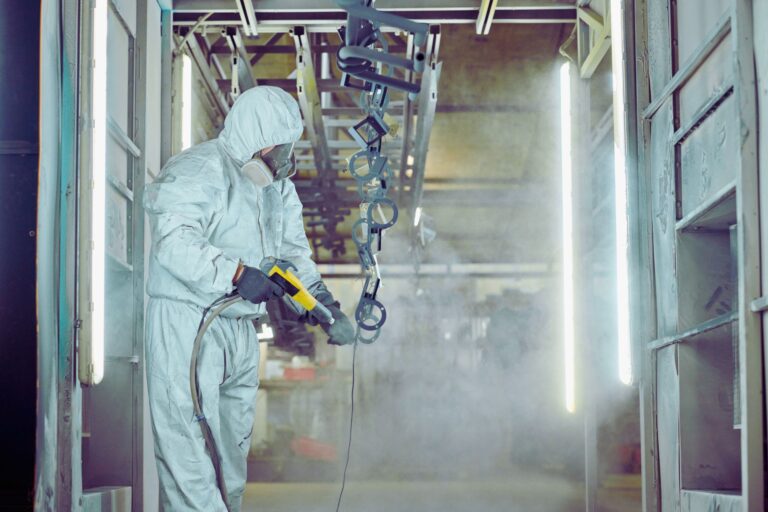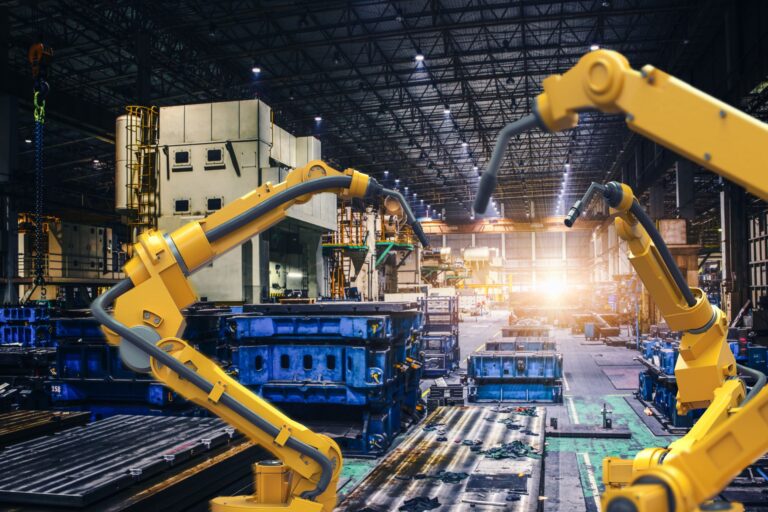In the rapidly advancing field of manufacturing, technological innovation is a key factor in improving efficiency, precision, and safety. Welding, a fundamental process in industries ranging from construction to automotive and aerospace, has undergone significant transformations over the years. Recent advancements in welding technology are reshaping production processes, enabling higher quality standards, and addressing modern industrial challenges.
The Evolution of Welding
Welding has come a long way from traditional methods like manual arc welding. Modern techniques incorporate automation, advanced materials, and cutting-edge equipment to meet the increasing demands for precision and efficiency. Today, welding is not just a method of joining materials but a highly specialized process integral to the creation of durable and reliable products.
Key Advancements in Welding Technology
1. Automated Welding Systems
One of the most notable developments in welding technology is the rise of automation. Robotic welding systems, guided by advanced software and sensors, can execute precise welds with minimal human intervention. These systems enhance productivity, reduce errors, and ensure consistency in high-volume manufacturing environments. They are particularly valuable in industries like automotive manufacturing, where precision and speed are critical.
2. Laser and Electron Beam Welding
Laser and electron beam welding technologies are game-changers for industries requiring ultra-precise welds. These methods use concentrated beams of energy to achieve deep penetration with minimal heat distortion, making them ideal for complex components and delicate materials. Laser welding is widely used in the electronics and medical device industries, while electron beam welding excels in aerospace and defense applications.
3. Advanced Welding Materials
Innovations in filler materials and coatings are enabling stronger and more durable welds. New alloys and composite materials are being developed to withstand extreme temperatures, pressures, and corrosive environments. These advancements are critical for industries such as oil and gas, where welds must endure harsh operating conditions.
4. Hybrid Welding Techniques
Hybrid welding combines multiple processes, such as laser and arc welding, to capitalize on the strengths of each method. This approach increases efficiency, improves weld quality, and reduces the time required for complex projects. Hybrid techniques are becoming increasingly popular in shipbuilding and heavy equipment manufacturing.
5. Real-Time Monitoring and AI Integration
Modern welding systems are now equipped with sensors and AI-driven algorithms that enable real-time monitoring and quality control. These technologies detect defects during the welding process and adjust parameters automatically to ensure optimal results. This not only reduces material waste but also minimizes the need for rework, saving time and resources.
The Benefits of Advanced Welding Technologies
- Enhanced Quality and Reliability: Advanced welding methods produce stronger, more precise joints that meet stringent quality standards. This reliability is critical in applications like aerospace and medical equipment, where failures are not an option.
- Increased Productivity: Automation and hybrid techniques significantly reduce production times, allowing manufacturers to meet tight deadlines without sacrificing quality. These efficiencies are essential in competitive industries such as automotive and electronics manufacturing.
- Improved Safety: By minimizing direct human involvement, automated welding systems reduce the risk of workplace injuries. Additionally, modern equipment is designed with advanced safety features to protect operators and ensure compliance with safety regulations.
- Cost Savings: While the initial investment in advanced welding technology may be high, the long-term savings are substantial. Reduced material waste, lower rework rates, and increased production efficiency translate to significant cost reductions over time.
Challenges and the Future of Welding Technology
Despite the numerous benefits, integrating advanced welding technologies presents challenges, such as high upfront costs, the need for skilled operators, and the complexity of maintaining sophisticated systems. However, ongoing research and development are addressing these issues, making advanced welding solutions more accessible to a wider range of industries.
The future of welding technology lies in further automation, enhanced material capabilities, and the integration of digital technologies like the Internet of Things (IoT) and machine learning. These advancements will continue to push the boundaries of what is possible in manufacturing.
Conclusion
The advancements in welding technology are revolutionizing the manufacturing landscape, providing solutions to meet the ever-growing demands for precision, efficiency, and safety. Companies like SL Industries are closely following these innovations, leveraging them to meet modern industrial challenges and deliver reliable, high-quality results. As industries continue to adopt these technologies, welding will remain at the forefront of modern production processes, ensuring the creation of high-quality, reliable products that drive progress in today’s competitive market.






